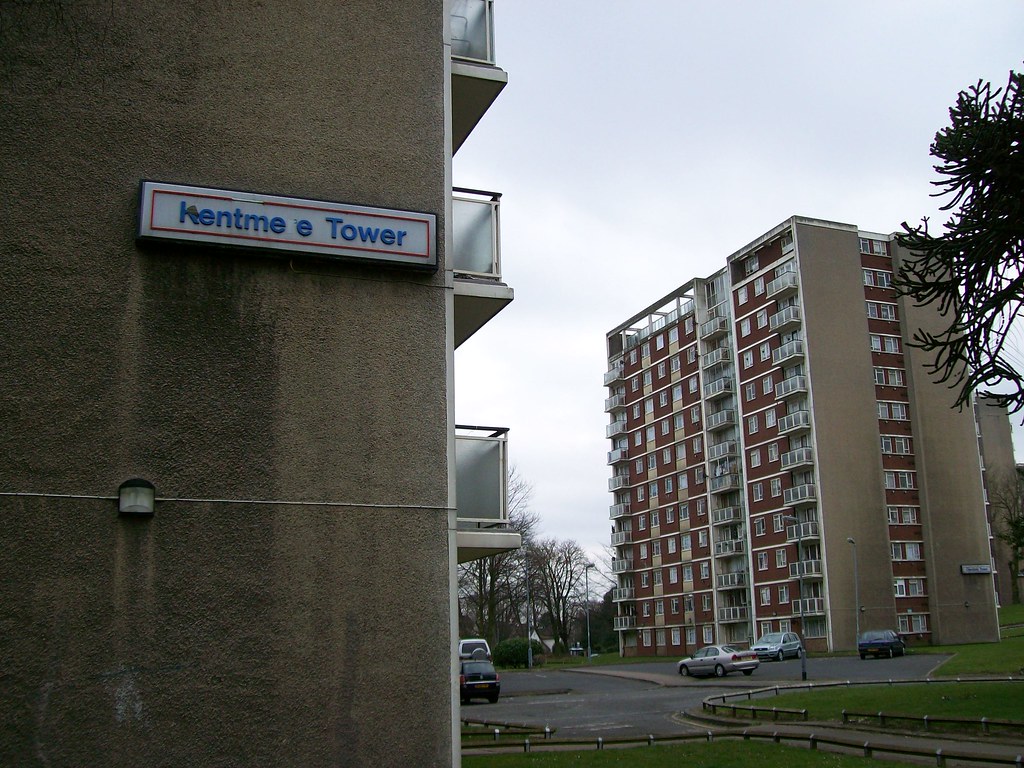About a century ago, in the wake of a catastrophic world war and a global influenza pandemic, the then Prime Minister David Lloyd George called for ‘homes fit for heroes’. But it wasn’t a minister of housing who oversaw the UK’s first national programme of state-owned council house building; the birth of social homes in Britain was in the hands of a medical doctor and Minister of Health, Dr. Christopher Addison.
The 1919 Housing and Town Planning Act – also known as The Addison Act – sparked the start of Britain’s fluctuating and tumultuous relationship with social housing. It also cemented the idea that public health and housing must be tackled hand in hand, with Minister of Health Aneurin Bevin calling for high quality council homes twenty years after the Addison Act. Spurred on by the findings of The 1942 Beveridge Report – ‘squalor’, ‘disease’ and ‘the problem of rent’ were identified as blocking Britain’s road to progress.
Eighty years on, as the UK faces another global pandemic in the aftermath of austerity – with one of the worst death tolls in Europe – there is no better time to reflect on the link between the housing crisis and the health crisis.
I spoke to two people affected by the current housing crisis that impacts 7.6 million homes in England (one in three households), which all face at least one major housing problem relating to overcrowding, unaffordability or disrepair. These issues have been linked to an increased risk of both physical and mental health issues, and have been associated with a greater transmission of COVID-19.
Maxime moved into his current council home in 2017. When he stepped into the unfurnished home, he couldn’t help but notice patches of fresh white paint that stood out against the older magnolia walls. Over the next four years, Maxime discovered hoards of black mould and damp appearing throughout his flat; behind the sofa, the sink, growing on the walls and hidden between kitchen units. He was later diagnosed with chronic pulmonary sarcoidosis, an autoimmune condition linked to damp and mould, which has had a ‘devastating impact’ on his life.
“Over four years I started to develop new symptoms. I would wake up with extremely dry painful eyes. My nose, throat, tonsils and tongue were dry. I started to have skin issues and painful sores… I strongly believe that the mould triggered my sarcoidosis.”
Maxime describes himself as a vulnerable person who suffers from ‘incapacitating chronic pain’, including debilitating migraines and cluster headaches, as well as mental health issues.
“They let me move in knowing that I’m someone with chronic neurological health problems… They painted over the mould, and I don’t believe they treated the wall properly… At least I have a roof over my head, but it’s a roof over my head that is poisoning me every day.”
After more than a decade of austerity, and with investment into social housebuilding at an all time low since the 1920s, it’s not as though renters like Maxime can turn to the private sector and see what the whims of the free-market can provide. A study by Shelter has found that a quarter of private renters have felt physically or mentally unwell due to housing worries.
Milli is a student who rents privately in London. When the pandemic hit in March of 2020, her student halls of residence refused to negotiate a potential breach of contract despite the circumstances of an unexpected global crisis. She explains:
“It felt like the University completely failed their duty of care to me as their student. They were determined to trap me in this contract even if it had a detrimental effect on my finances.”
“[It was] in the middle of the pandemic. I couldn’t find a job and yet they still wanted more money from me. I didn’t even feel like a cash cow because I had no cash to give. I felt like a husk that they were beating to see if I would spit out a few more coins.”
The University has continued to demand money for rent arrears and has refused to provide Milli with a reference, which has impacted her ability to find a new place to rent. The resulting precarity has had a toll on her mental health, she goes on to say:
“I would wake up in a cold sweat that I was going to lose the new apartment. I woke up having panic attacks on more than one occasion… The whole marketing of renting from the University was that they were more reliable and cared about the students beyond our money – but then the pandemic hit and they just proved that was a lie.”
Evidently, our current housing system is failing to keep people safe and healthy, both mentally and physically. With the climate crisis looming towards us, and scientists predicting that pandemics are going to become more severe and more frequent, there has never been a more urgent time to rethink our housing system and how it relates to public health.
There is another way: we could invest in a new mass programme of affordable social housing – a 21st century equivalent to the Addison Act, with a focus on high quality, affordable, environmentally friendly council homes. The Addison Act recognised housing was a national responsibility and required national solutions, but the current government seems to have ignored the lesson learned by governments of eighty years ago: health and housing are inextricably linked. Those like Milli and Maxime desperately need a government which recognises this basic fact.


